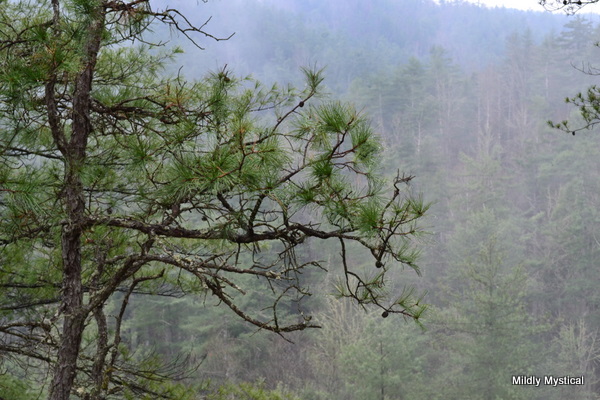It’s been a volatile early Spring this year. Every time I relax into believing the growing warmth has arrived for good, chill winds argue otherwise. It’s a changeable, unsettling season. Daffodils wilt in the cold, pansies wither in the heat, followed by days of cold rain and dreariness. Meanwhile, storms are tearing across the country—150 tornadoes just in the past three days. The transition from Winter toward Summer is wrenching, unpredictable, as transitions can often be.
Spring brings more than a season’s worth of change, it seems. A couple of calendars I’ve come across lay out the year in six seasons, rather than four, which makes a lot of sense to me.
J.R.R. Tolkien gave the elves in his Lord of the Rings trilogy six seasons. He added a season called Ending of Summer, and one in early Spring called Stirring, which I think is a perfect name.
Naturalists studying the Melbourne, Australia area propose six or even seven seasons. They’re represented here on a beautifully drawn wheel. Some divide what we call Spring into Pre-spring or Early Spring and True Spring, and divide Summer into High Summer and Late Summer. Others retain Summer and divide winter into Early Winter and Deep Winter.
The Hindu calendar also includes six seasons—Monsoon comes after Summer, and Prewinter follows Autumn.
Dividing the year into sixths feels quite different from our usual division into quarters. Four is solid and stable—the four sides of a square, four points of a compass, four legs of a table. It feels complete and unmoving.
Representations of six have a different sense—a pie cut in six wedges, a six-pointed star, a wheel with six spokes. These are images that suggest motion. The eye continually travels around them, which is appropriate for representing the cyclical nature of the earth and the seasons.
The continuing cycle represents our own growth as we persevere through our lives, gathering energy for many buds and blooms, yielding multiple harvests, and accepting the end of countless growing seasons.
As regular as the seasons are, they are ever fluid, moving toward the next thing. They never rest in the sense of having arrived. What appears to us as the fullness of any season is simply the momentary place that the continual motion has brought about.
Early Spring is a reminder of this. There is always this much going on; upheaval is always happening. This time of year it’s just easier to see.
What kind of transition is Spring bringing for you this year?


Thank you for these thought, Susan. The idea of imagining the the year in sixths intrigues me, and your sense of this division of the year as truer to the flowing nature of experience feels deeply true.
Susan, you make a compelling argument for adding two seasons to our usual four. It certainly explains a lot of things. I’ll never be able to think again of the year without the “stirring” and “end of summer.” It’s been too long since I’ve read Tolkien. Have you retrieved that bottle of Chartreuse to celebrate yet?
Thanks Leatha, and Mary. It’s good to know that the idea of six seasons resonates with you, too. I love the more fluid sense it gives to the year. As for Chartreuse…. it’s definitely time to imbibe. It feels to me like True Spring is here, and Spring’s Chartreuse cocktail will surely make it so!
Thank you, Susan. I appreciate your reflections on this spring & love thinking of the whole year in a new way. Stirring indeed!
Knowing other cultures “see” more than 4 seasons is fascinating: thanks so much for posting this learning you’ve done! The haiku books I’ve been reading present another method to attend to the glorious details in the natural world, as the form is known for its attentiveness to season. I hadn’t realized that the Japanese haiku writer frequently consults a dictionary of *kigo* or “season” words. I’ve read that kigo are essential haiku elements which focus on the weather and seasonal experiences; an example for spring weather kigo is *tsuchifuru* (yellow dust blown from China during the springtime) and for early winter, *kogarashi* — literally, “tree-withering wind.”
What a wonderful way to cultivate the art of seeing, paying attention to the details. I love knowing about the dictionary of season words in Japanese. Such a tool must be enormously helpful in not only expressing, but in noticing the nuances of the season. The world is so amazing, it makes sense to look.